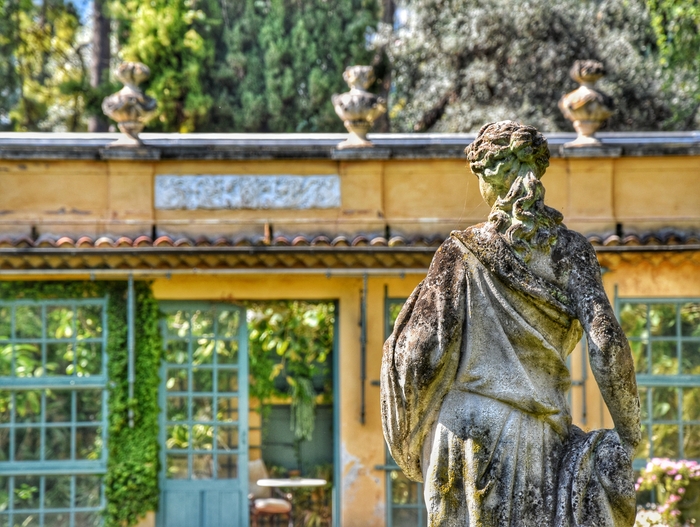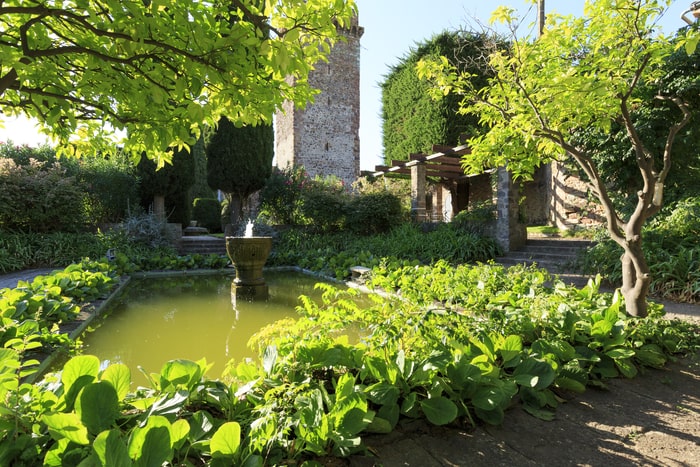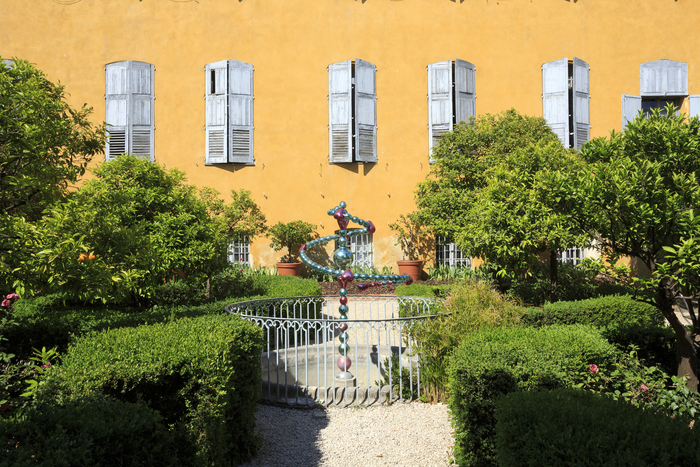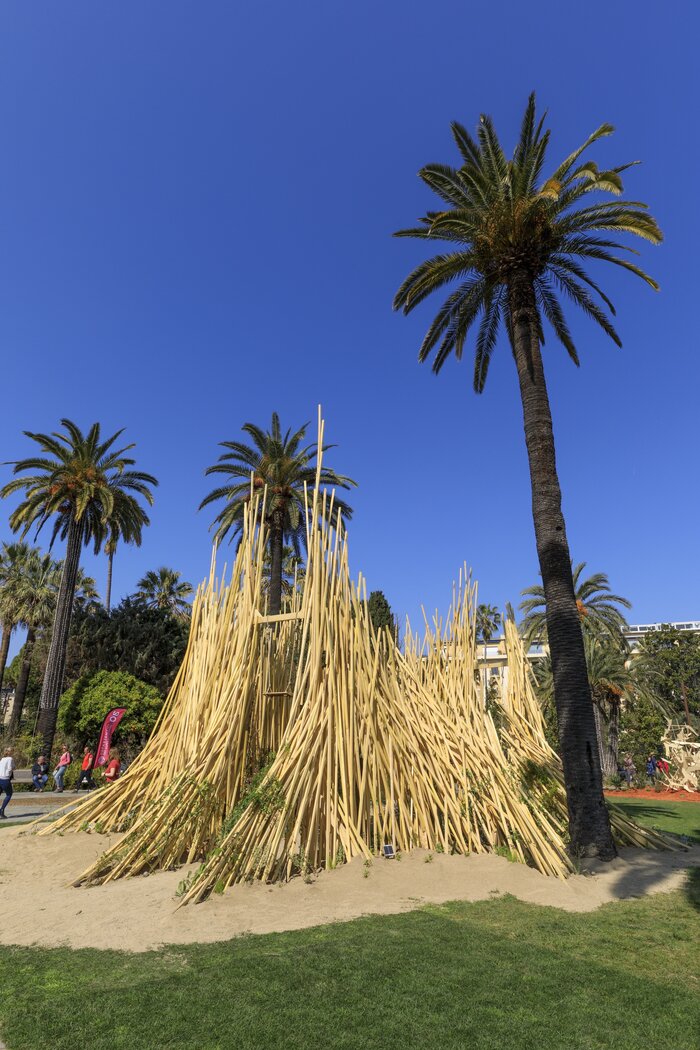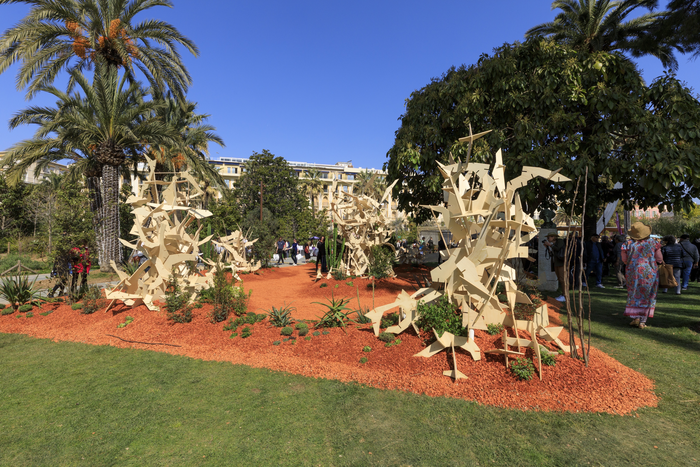Exploring the Gardens of the Côte d’Azur France
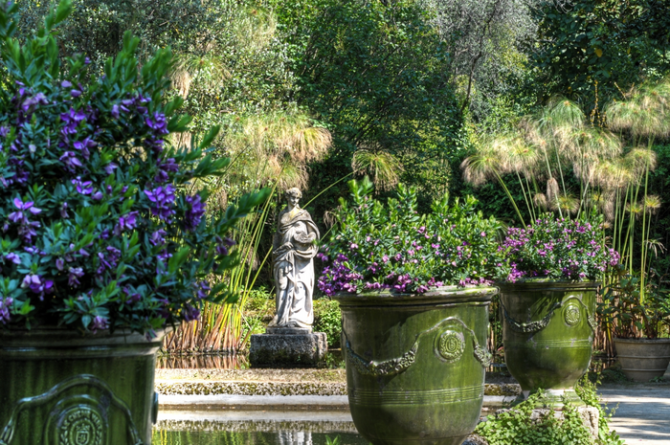
The sun-kissed Côte d’Azur, with its vast array of public and private gardens to enjoy, is France’s go-to region all year round, especially for green-fingered visitors with a passion for exploring horticultural wonders under dazzling blue skies.
To mark the upcoming the 3rd edition of the Côte d’Azur Garden Festival – which will take place from 3 to 28 April 2021 on the theme “Gardens of Artists” – here we provide an overview of the wide range of gardens that you can visit, from botanical beauties to hidden hotel gardens, from public parks to historic stately homes.
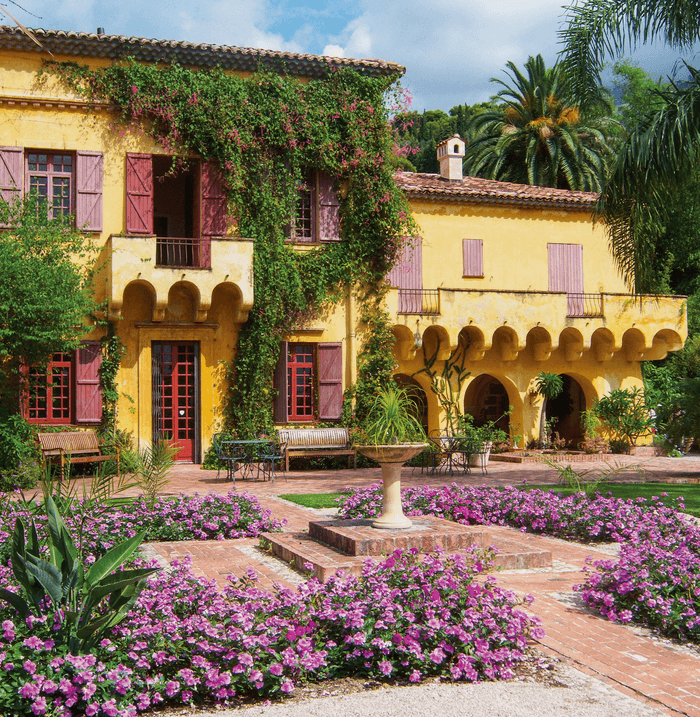
Val Rameh – Menton. Photo credit © VilledeMenton
Côte d’Azur Gardens Through the Centuries
Firstly, for context, let us take a stroll along a timeline of garden history on the Côte d’Azur, which reveals some of the key moments in the region’s evolution as a horticultural hub:
Back in 1546, when Franciscan monks arrived at the Monastery of Cimiez in Nice and created a chessboard garden, they surely would never have guessed that the garden would still be in place and receiving visitors in 2021…
In 1830, the city held its first floral parade – a forerunner of now-epic annual Carnival de Nice, whose modern era began in 1873. By 1850, Gustave Thuret had planted the first palm trees – now so emblematic of the region – while bright yellow mimosas, too, became a symbol of the sunny region the very same year. Since 1931 the flower has been celebrated at Mandelieu-la-Napoule with a festival every February.
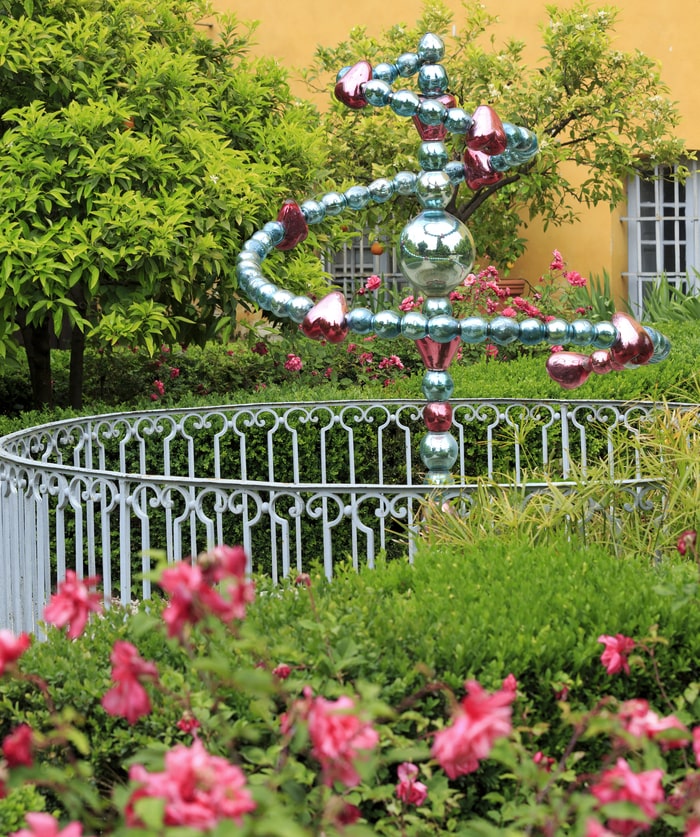
Gardens of the International Museum of Perfumery (in Grasse). The Fountain of reversed hearts by Jean-Michel Orthoniel. Photo credit © CRT Côte d’Azur France/C. Moirenc
In 1853 Alphonse Karr, a novelist and journalist, set up a flower-growing business in Nice – today, flower sellers charm locals and visitors alike with their resplendent (and great value) floral presentations at one end of the famous Cours Saleya market, adjacent to the seafront in the Old Town.
Other firsts: 1864 saw the first Acacia Dealbata planted in the gardens of Château de la Bocca by the horticulturist Nabonnand, while three years later the layout of Nice’s Valrose Park was under way.
1906 was an important year. This was when gardens were categorised as Historical Monuments in French law, while a year later work began on the now fêted gardens of the gardens of the Villa Ephrussi de Rothschild in St-Jean Cap Ferrat. No stay on the Côte d’Azur is complete without a visit.
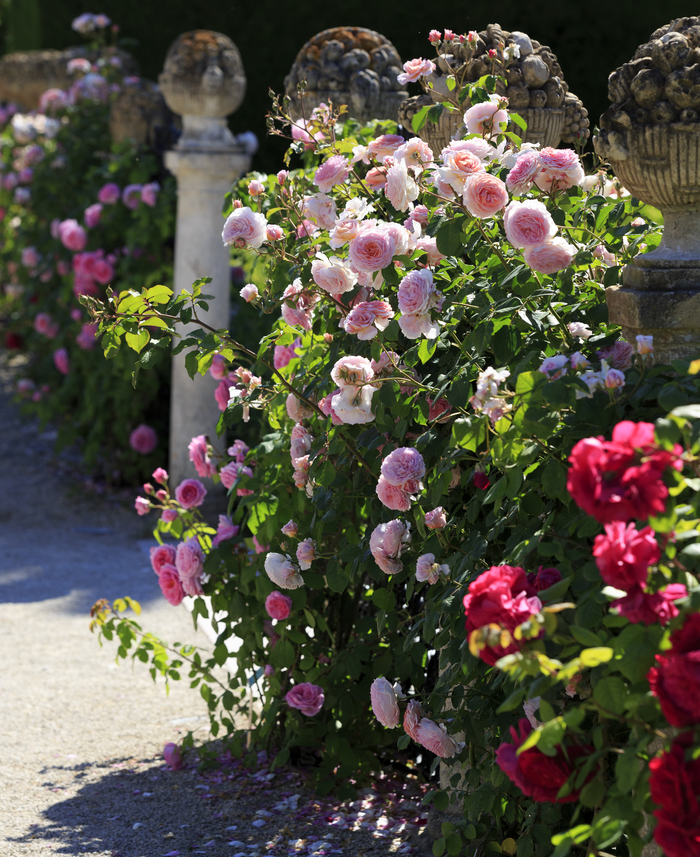
Saint Jean Cap Ferrat, villa Ephrussi de Rothschild. Photo credit © CRT Côte d’Azur France/C. Moirenc
Menton’s place as a major gardening epicentre was given a leg-up when, in 1924, Lawrence Johnston, designer of the gardens of Hidcote Manor in the UK, began work on acclimatising plants in the greenhouses and gardens at Serre de la Madone. The splendid gardens, organised in themed terraces punctuated with statues and fountains, remains a Côte d’Azur highlight to this day.
1927 was another important date, as it saw the region established as a provider of flowers for the production of perfume – in this year, around the Pays de Grasse, trial gardens for scented plants were sewn.
1949 saw work start on hilltop Eze’s now famous exotic gardens, while in 1964 Joan Miró collaborated with the Maeghts to create a garden at the Fondation Maeght museum in St-Paul de Vence. Both are major tourist draws today.
Among the modern era’s notable events, 2004 saw the creation of the Jardin remarquable label (see below) and then in 2017 the Festival of the Gardens of the Côte d’Azur was established.
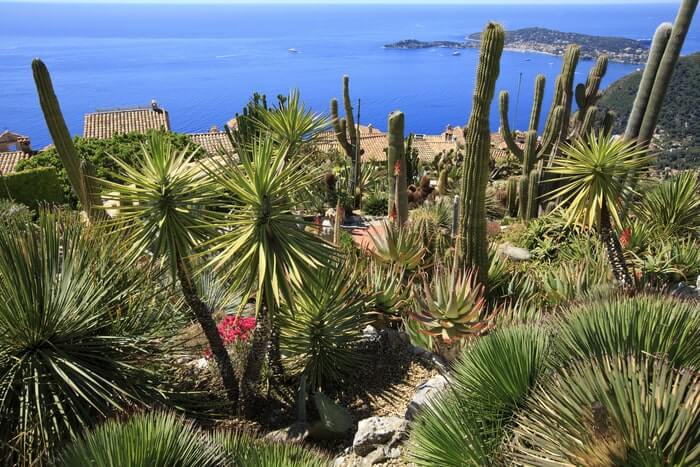
Exotic Garden, Remarkable Garden class in Eze. Photo credit © CRT Côte d’Azur France/C. Moirenc
Côte d’Azur’s 13 “Remarkable Gardens”
The region proudly boasts 13 Jardins remarquables – a superb, eclectic selection in varied locations across the region, from the mountains to the seaside.
The label “Jardin remarquable” is awarded to parks and gardens that are open to the public, and which are of historic, aesthetic or botanical interest. It also recognises efforts made in welcoming visitors to the gardens, as well as first-class maintenance procedures that respect the environment.
The full list is below:
- Jardin botanique de la Villa Thuret, Antibes
- Jardin du Vallon du Brec, Coursegoules
- Jardin exotique, Eze
- Jardin de la Villa Fort de France, Grasse
- Jardin de l’Argelière, La Gaude
- Parc du château de la Napoule, Mandelieu la Napoule
- La citronneraie, Menton
- Serre de la Madone, Menton
- Jardin botanique exotique du Val Rahmeh, Menton
- Arboretum Marcel Kroenlein, Roure
- Parc Phoenix, Nice
- Jardin botanique, Nice
- Jardin Ephrussi de Rothschild, Saint-Jean-Cap-Ferrat
- Jardin Serre de la Madone – Menton ©VilledeMenton
- Mandelieu La Napoule, chateau de La Napoule (XII-XIXe siecle). Jardins, Château de La Napoule © CRT Côte d’Azur France/C. Moirenc
- Menton, quartier de Garavan, Jardin Fontana Rosa (Vicente Blasco Ibanez XXe siecle) Monument Historique. Jardin Fontana Rosa, Menton © CRT Côte d’Azur France/C. Moirenc
- Grasse, Jardins du Musee International de la Parfumerie. Jardin du M.I.P., Grasse © CRT Côte d’Azur France/C. Moirenc
An Eclectic Selection for Visitors
The real beauty of the Côte d’Azur’s array of gardens open to visitors is the vast diversity of styles and locations – all you need to do is a little pre-planning to make the most of your trip, and to ensure you cherry-pick the gardens that suit your taste.
All of which means there is something for everyone: from secret gardens tucked away in hotel grounds (Nice’s Hotel Windsor, with its giant bamboo and fig trees, is a prime example) to gardens at the International Perfumery Museum in Mouans-Sartoux (a sensory extravaganza in Pays de Grasse perfume country); and from stately homes and châteaux (such as the splendour of American Henry Clews’ gardens at Château de la Napoule) to private gardens like L’Argelière in La Gaude, boasting everything from roses to tropical plants.
As well as plenty of gardens at museums and monastic sites, there are also some more quirky jardins to pique your interest, such as the five-hectare Fontmerle Pond near Mougins, with its astonishing lotus flower collection.
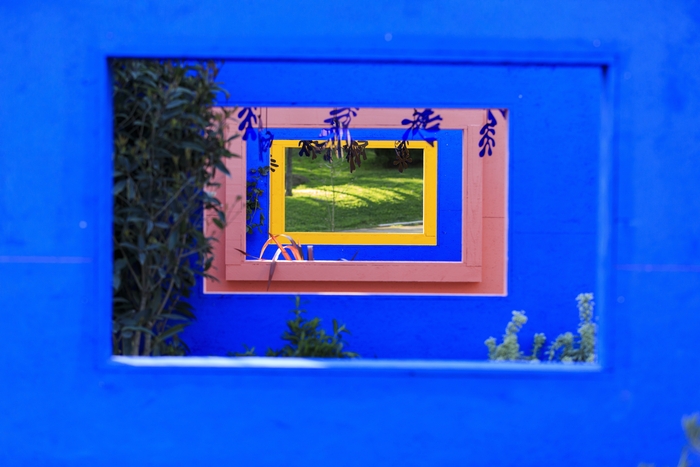
Festival des Jardins de La Cote d’Azur 2019, garden “Les Fenetres de Matisse” by Damien Abel and Thibaut Jeandel in Cannes. Photo credit © CRT Côte d’Azur France/C. Moirenc
The Festival des Jardins de la Côte d’Azur
This free biennial event, organized by the Département des Alpes-Maritimes, is dedicated to gardens throughout the region during the month of April, and showcases the very best of Riviera gardens, plus horticultural talent from around the world.
Its aim is to attract a wide range of lovers of nature, gardens and botany: these include residents of the Alpes-Maritimes, visitors from all over the globe, schoolchildren, design, architecture and horticulture students, plus artists and industry professionals.
- Festival des Jardins CA 2019 – Nice © CRT Côte d’Azur France/C. Moirenc
- Festival des Jardins CA 2019 – Nice © CRT Côte d’Azur France/C. Moirenc
There is a different theme for each edition: 2017’s inaugural event was all about “Awakening the Senses” while 2019’s featured “Mediterranean Dreams”. The chosen theme for the next festival, taking place from Saturday April 3 to Wednesday April 28 2021, is “Artists’ Gardens”.
Gardens have always inspired the greatest artists in the fields of literature, sculpture, painting, cinema and photography, and the region has endlessly lured creative types thanks to its landscapes, wonderful light, stunning villages and seaside resorts, and an untouchable art de vivre.
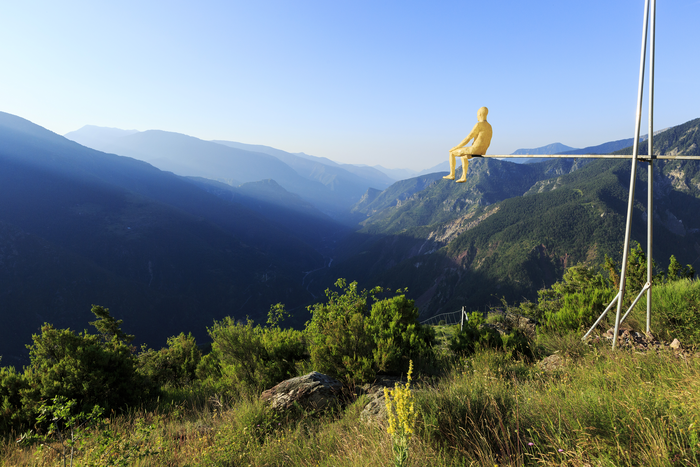
Arboretum de Roure, “Vigilance”: CRT Côte d’Azur France/C. Moirenc/Artistes : H. Krajewicz, R. Rowlands
A Cultivated Competition
The 2021 festival will feature 17 landscape creations in competition, located at six Côte d’Azur sites: Antibes, Cannes, Grasse, Menton, Nice and Monaco, with two or three gardens of around 200m2 at each site.
Each will focus on the challenges of sustainable gardening, with three separate juries and four prizes in total to be awarded:
- The Jury Prize, awarded by the festival jury made up of elected officials, personalities and garden representatives.
- The GREEN Deal prize, awarded to the most eco-responsible garden, given by the Festival jury.
- The press prize, awarded by a jury composed of French and European journalists from specialist press.
- The prize for landscape professionals awarded by the UNEP (Union Nationale des Entreprises du Paysage).
A “coup de coeur” will be awarded by each of the three juries.
There will also be more than 10 exhibition gardens out of competition in the Alpes-Maritimes department, as well as various conferences relating to the artistic theme and plenty of activities – including film screenings, workshops, visits, exhibitions, treasure hunts and shows.
The festival boasts the “Green Deal” label – reward for its environmental credentials such as a “pro-pollination” message and a commitment to educating the general public on environmental issues.
For more information on the festival, visit the Festival de Jardins de la Côte d’Azur webpage.
To plan your own trip to explore some Côte d’Azur gardens, first head to the website.
#CotedAzurFrance
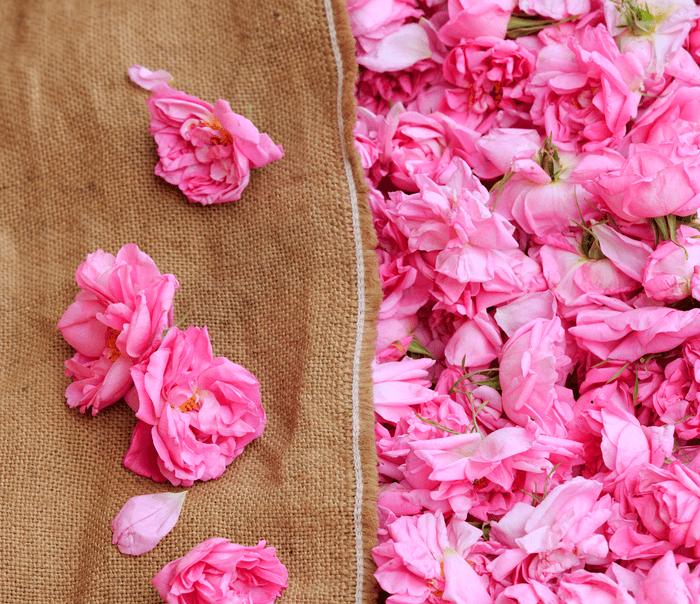
Festival of Expo Rose (the Centifolia Rose) in Grasse. Photo credit © CRT Côte d’Azur France/C. Moirenc
Share to: Facebook Twitter LinkedIn Email
More in family-friendly, French gardens, gardens
Leave a reply
Your email address will not be published. Required fields are marked *

